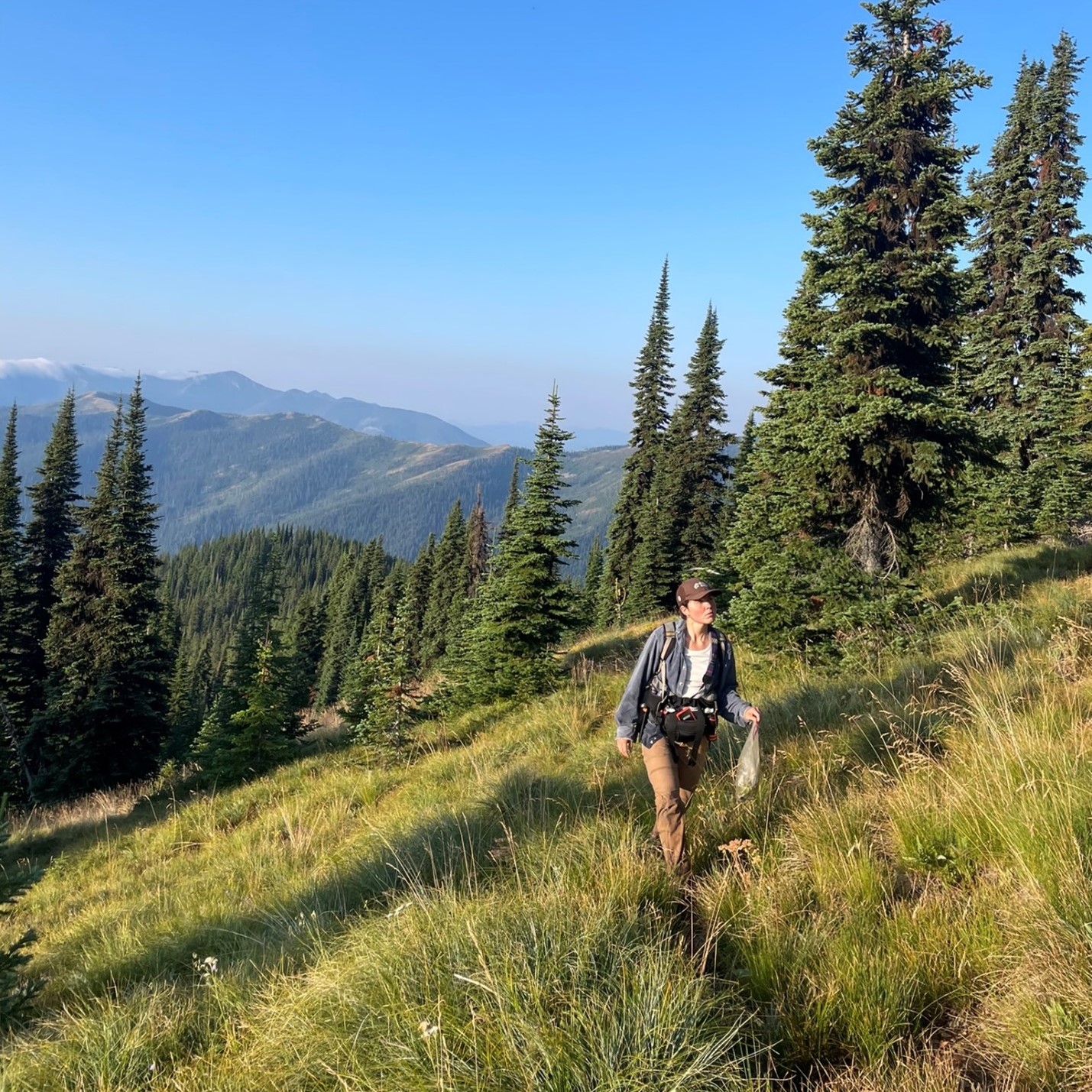Bailey Kirkland - The Natural Wealth of Wyoming Elk and the Implications of in-State and Out-of-State Hunting Prices
Bailey Kirkland
Biodiversity Graduate Student Research Enhancement Grant Awardee
Department of Economics
Graduate Advisor: Dr. Jacob Hochard, Knobloch
Project Summary
Wyoming’s elk population provides benefits to Wyoming residents through hunting, wildlifeviewing, and ecosystem functions, yet little work has explored how best to balance these consumptive andnon-consumptive uses over time. This project seeks to model an integrated system that incorporates thebenefits elk provide, the way the Wyoming Game and Fish Department manages elk, how hunters and wildlifeviewers respond to changes in the elk population and to changes in the spatial distribution of elk, and theecological dynamics of elk herds. Together, this model will allow us to derive the value of elk in Wyomingto incorporate into a natural wealth account. The creation of a natural wealth account for elk in Wyomingallows policy makers to assess how alternative management decisions (e.g., new natural gas development)impact Wyoming’s stock of elk and in turn, the benefits they provide.
This model will then be used to explore an initial application of the natural wealth account, the impact of resident privileges in elk hunting license prices and quotas. Non-resident elk hunting licenses currently cost 11.4 times more than resident licenses, and only 22% of the total licenses sold are made available ton on-residents (WGFD, 2021). Just this Spring, a bill was introduced to the Wyoming State Senate proposing to increase the distribution of licenses to 90% residents, 10% non-residents (Wyoming State Senate, 2021). If passed, it would also nearly double non-resident elk license prices. The existence of different license quantity and prices for residents and non-residents implies that the state of Wyoming (and its residents) are willing to forego potential revenue to provide residents with preferential hunting access to state wildlife resources. In this study, I will use recently-developed natural capital accounting methods to derive what I call the ‘entitlement value’ (i.e., the implied value of resident versus non-resident hunting rights). From here, I will explore the impact of alternative management scenarios on elk populations and the distribution of benefits( hunters versus non-hunters, residents versus non-residents) that elk generate. This project will help to better understand how the current preference for resident hunting rights over non-resident rights impacts elkpopulations, the broader benefits that Wyoming’s elk populations generate, and the margins of inequality created within and beyond the state of Wyoming from the state’s differential pricing of hunting licenses policy.
Goals:
- Create a natural wealth account for elk in Wyoming
- Use this natural wealth account to analyze the economic and ecological impacts of resident preference in elk hunting license quotas and prices.
Questions to be answered:
- What is the implied value of protecting resident hunting rights?
- How does the use of differentiated resident versus non-resident licensing prices and quantities affectthe elk population in Wyoming?
- How does the use of differentiated resident versus non-resident licensing prices and quantities affect thedistribution of benefits (use and non-use) provided by elk populations to residents and non-residentsof Wyoming?
Share This Page


An economic model describing the value of natural capital.
Research Highlights




